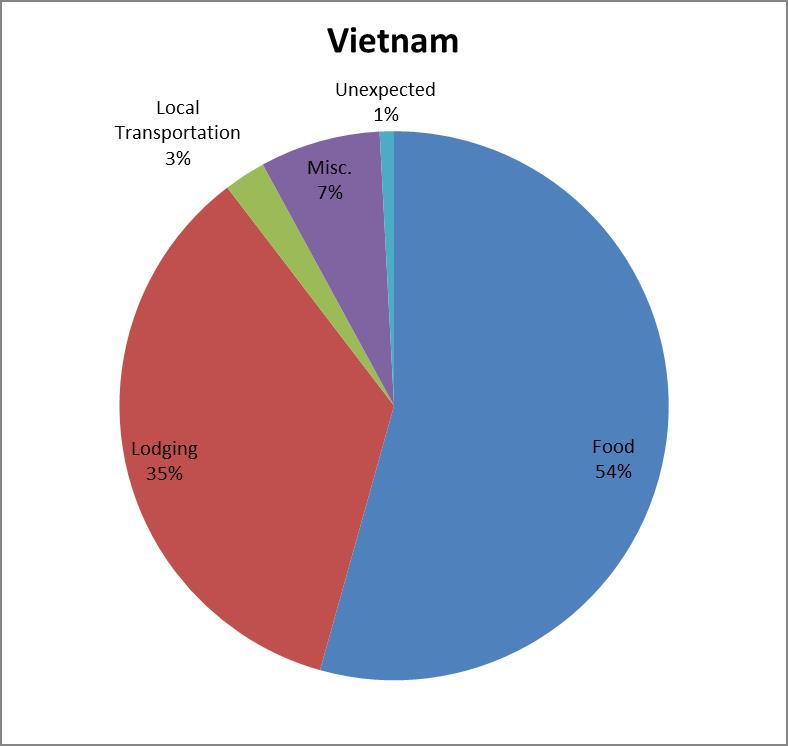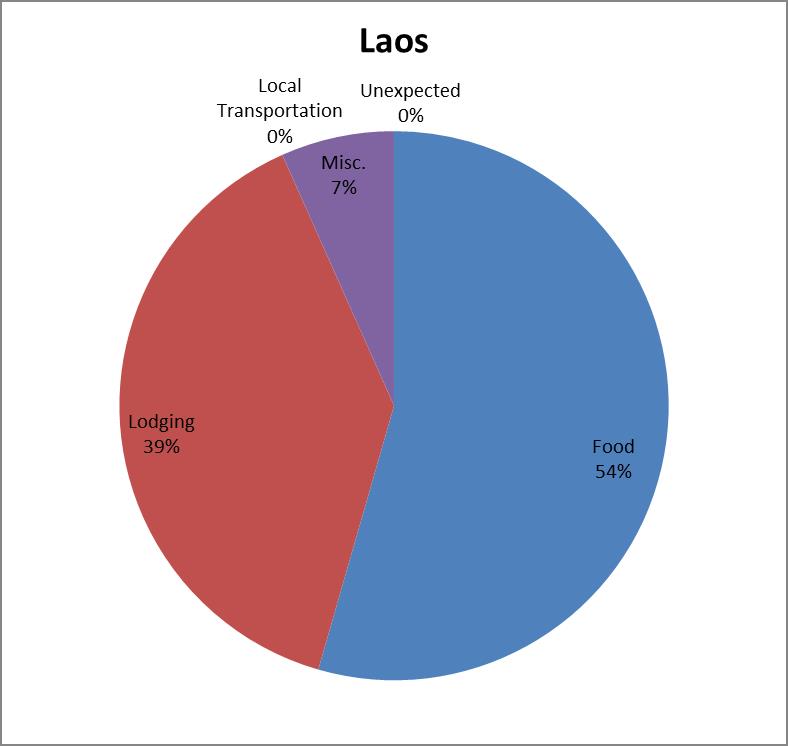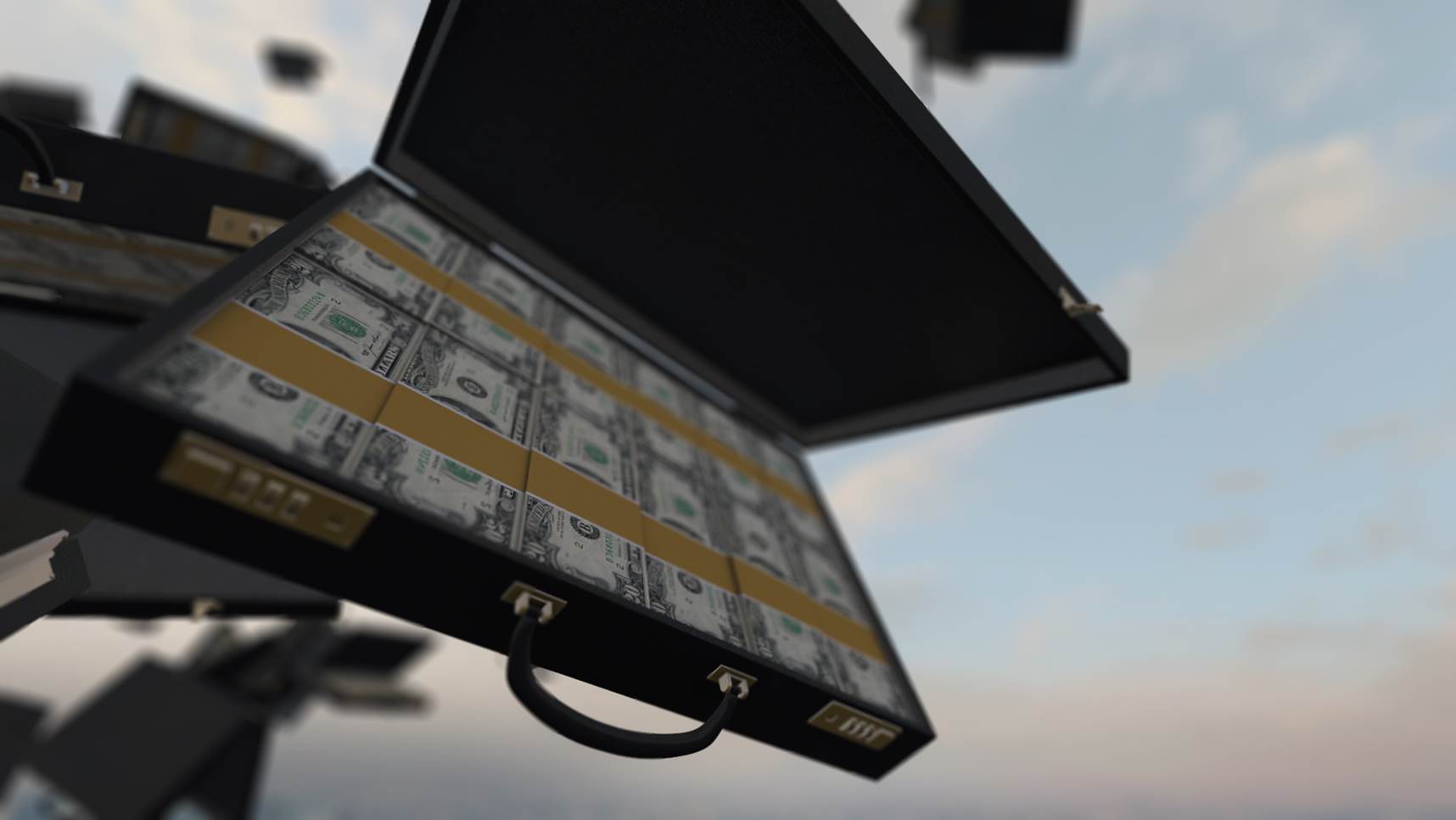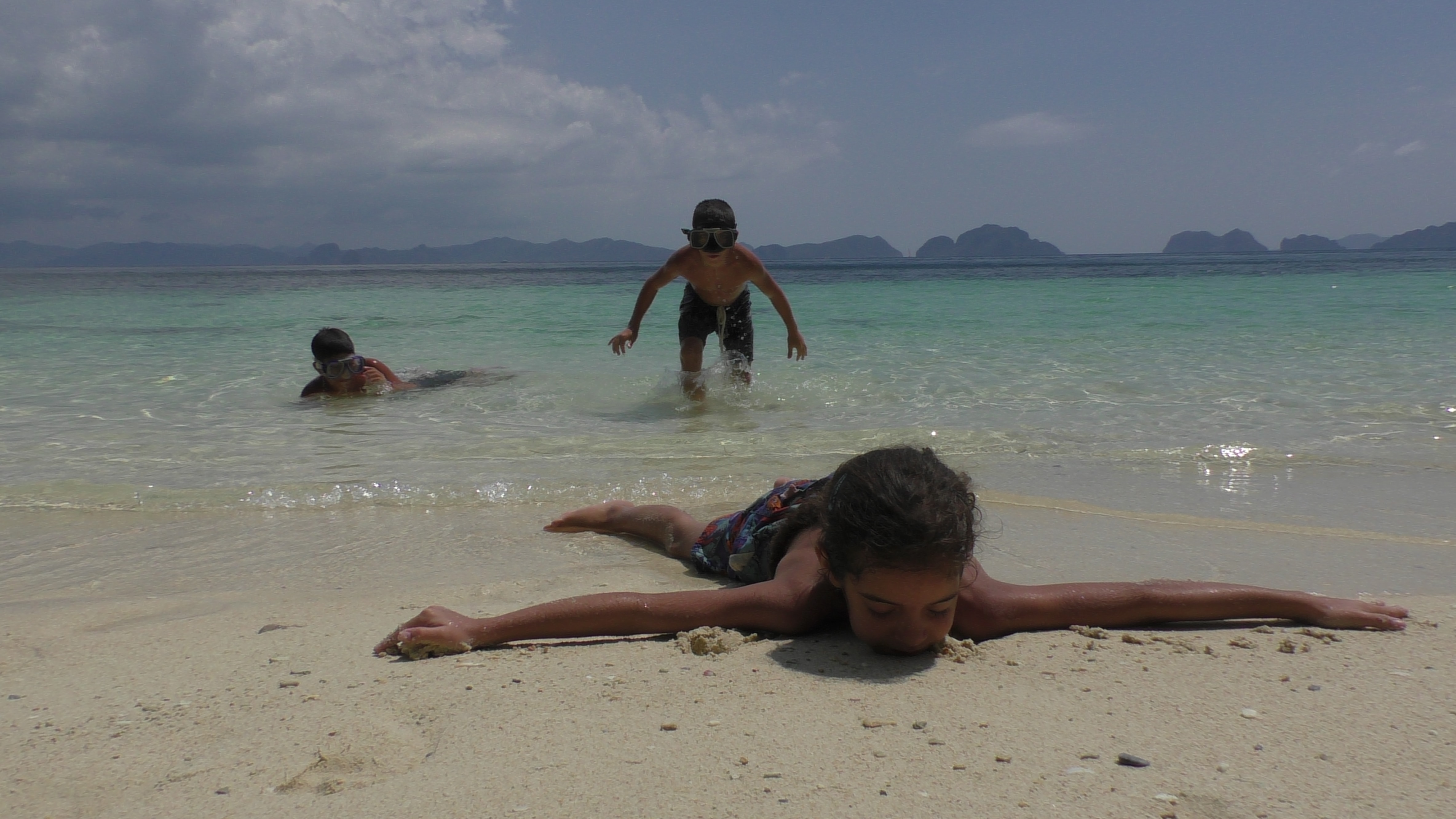How much does a trip in The Philippines actually cost ?
As usual, the answer isn’t straightforward and depends on many factors – how many people? How old are the kids ? How many places are in the itinerary ? What do you do there ? How long you stay in every place ?
In order for us to stay consistent with previous “How much did it cost” posts about Thailand, Vietnam and Laos I will separate the details of the living costs and the trip costs. The duration of our stay in The Philippines was two months – as long as the free visa permitted.
We’re a family of five. Our kids already eat like adults so they costs of food is a linear function, or in short we all eat together like five adults.
What’s cheap in The Philippines?
Food – whether in markets or in local restaurants, you can get food for the usual SEA prices and sometimes even cheaper. Eating tasty food is a whole different story. Food in The Philippines is simply not very good which leaves you with the discouraging option of eating in fast food restaurants scattered practically everywhere around providing a default option whenever nothing else is to be found. Wherever possible we always preferred to buy food in the market (excellent fish and fruits, perhaps the best we’ve had in SEA so far) and cook our own meals. Not only because it’s cheaper, but also because it tastes better.
Services – Anything that is workforce related and not product related is cheaper. Examples? Laundry, barbers, tailors and so forth. All these cost pennies in The Philippines. We had haircuts for 30 pesos (less than half a dollar) and laundry for 25 pesos per kilogram. That’s very cheap, even for SEA standards.
Local public transportation – Jeepneys, buses, taxis and tricycles. There are no usable trains in The Philippines. It sometimes depends on your location and bargaining skills but still any of those will take you to your destination for very low prices. It might take you some time to discover the optimal mean of transportation in every new place you land (bus in Palawan, taxis in Cebu City, tricycles in Bohol and jeepneys in Tagaytay).
What’s expensive in The Philippines?
Lodging – so far we couldn’t solve this mystery but that’s probably the way it is. In The Philippines the hotels and guesthouses are by average 25% to 50% more expensive than their equivalents in other SEA countries. Usually their quality is poorer too. Fortunately, we somehow always managed to find some good places for reasonable prices, but it took a lot of research. Sometimes we’ve been hosted too, which also saved us a few bucks.
Inter-island transportation – The Philippines have more than 7000 islands. Transport from one island to another usually involves bug expenses that have to be considered. The cheapest option is usually a ferry. However, some places (like Palawan) are remote and can only be reached by either a long ride ferry (2-3 days) which is more complicated and not always available. That means flying, and flying is expensive.
Communication – up until we’ve got to The Philippines we weren’t required to use the cell phone or a 3G mobile internet. Our theory is that due to the commonness of English in The Philippines we used the phone much more. Filipinos use text messages all the time. That’s their favorite communication method and texting costs money. We exchanged tons of messages like never before with the tricycle driver, the hotel owner and so on. Internet is also not something to be taken for granted (like in Thailand for example) and in some places there is no other alternative to 3G internet which is quite expensive.
What were our living costs in The Philippines?
Food – 1315$
Lodging – 1380$
Local transportation – 62$
Miscellaneous (laundry, cigarettes, haircut) – 173$
Communication (phone, internet) – 64$
Unexpected (especially medical care and changing a cell phone) – 130$
Total of 3123$ which is by average 1562$ a month, 4% less than our monthly budget! Made it!
Here are some examples of prices in The Philippines:
Meal in McDonald’s – 140 pesos pp (3$)
San Miguel beer – 28 pesos (0.50$)
Personal banana cake – 14 pesos (0.30$)
Fresh coconut – 25 pesos (0.50$)
Skin protection lotion – 310 pesos (7$)
Child haircut – 35 pesos (0.80$)
Taxi inside Cebu City – 50-100 pesos depending on route (1-2$)
5 days unlimited 3G internet – 200 pesos (4.5$)
Jeepney ride in Tagaytay – 7 pesos pp (0.20$)
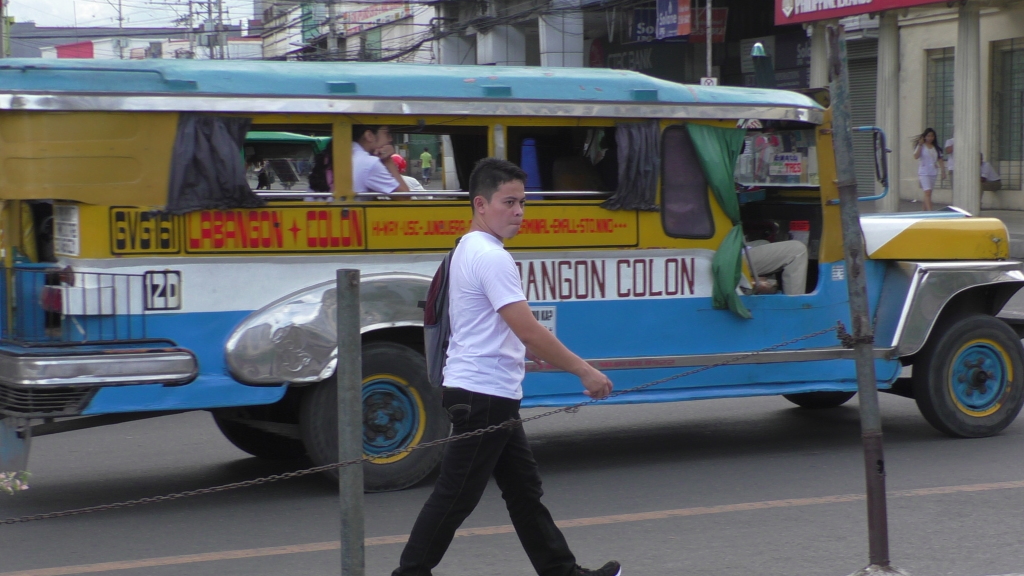
Jeepneys are cheap and popular means of transportation in the Philippines, but it takes a while to understand how their routes work.
As mentioned above, The Philippines are an expensive destination transportation-wise. Since transportation costs directly depend on the route and means (flight is way more expensive than boat or bus) we added here an account of all the places we’ve passed through and the means we used getting there. The total transportation costs summed up to 1760$. Out of those about 1250$ for flights.
1. Manila (flight from Bangkok).
2. Tagaytay (bus from Manila).
3. Palawan – Puerto Princesa (flight from Manila)
4. El Nido (minivan)
5. Puerto Princesa and Sabang (minivan)
6. Bohol (flight to Cebu and a ferry)
7. Siquijor (boat)
8. Negros – Dumaguette (ferry)
9. Cebu (ferry and bus)
10. Camotes (ferry)
11. Cebu city (ferry and bus)
Some more examples of prices from our trip:
Scuba diving in Bohol – 1200 pesos per person per dive (27$)
Day trip in Bohol with a private driver – 2000 pesos (45$)
Ferry from Cebu City to Bohol – 500 pesos pp (11$)
Island hopping in Palawan – 4200 pesos for us all (90$)
Swimming and snorkeling with whale sharks in Oslob – 1200 pesos pp (26$)
* Important! The expenses listed above are not all of the expenses we have during our journey. In addition to those there are all kinds of expenses like many types of insurances (travel, life, health…), website maintenance, house maintenance etc. All of these were not mentioned here since they are not related to the destination where we have been to.

